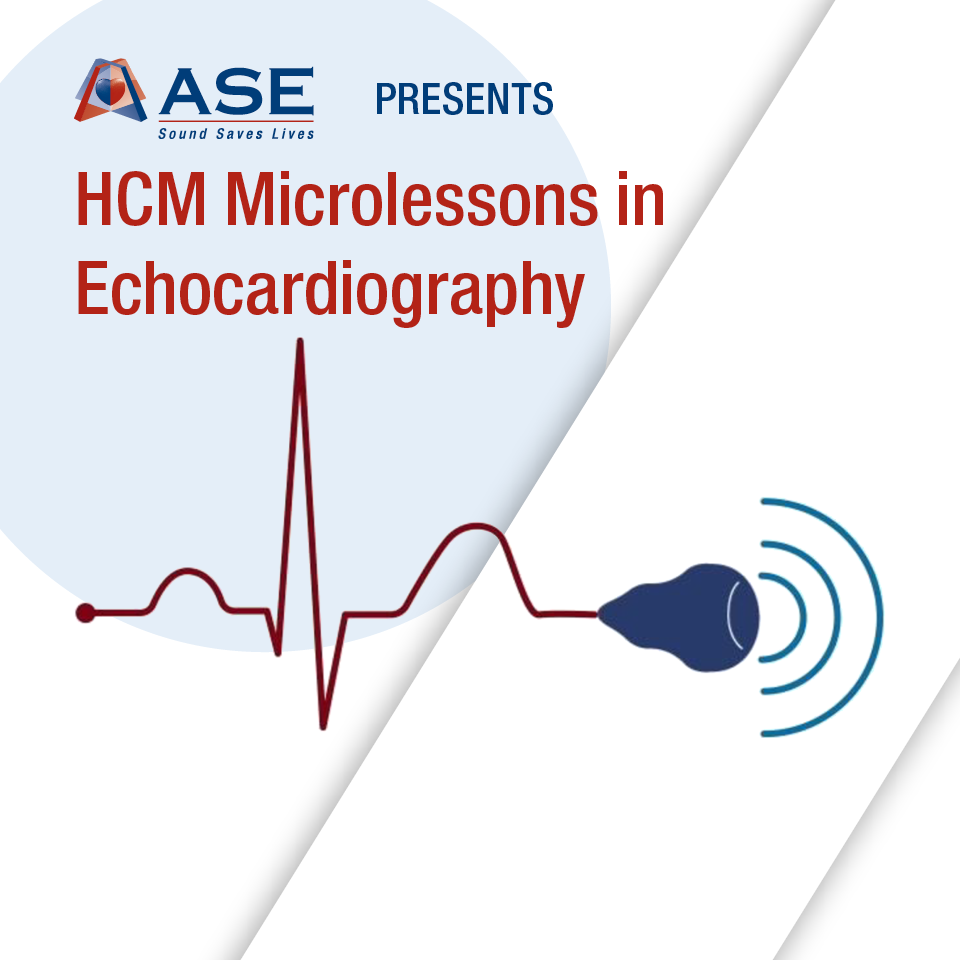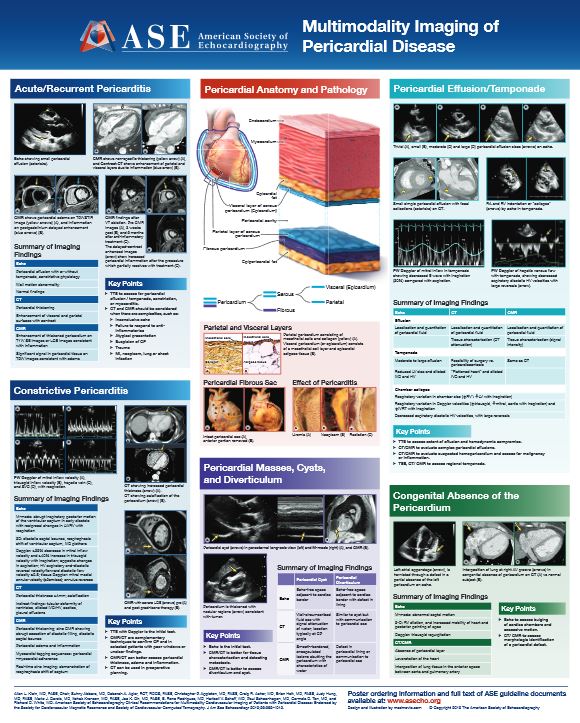Loading Shopping Cart Items...
Catalog

Flip Chart Posters measure 11 x 14-1/2"
PLEASE NOTICE: A shipping and handling fee will be added to your shopping cart at check-out.
About this item
Clinical Recommendations for Multimodality Cardiovascular Imaging of Patients with Pericardial Disease, JASE, September 2013
Flip Chart Posters measure 11 x 14-1/2"
PLEASE NOTICE: A shipping and handling fee will be added to your shopping cart at check-out.
Course/Activity Information
Pericardial diseases are very common worldwide, encountered in various settings, and can have significant morbidity as well as morality. Patients can present with variable symptoms of chest pain, shortness of breath, ascites, leg swelling, and hypotension. Pericardial diseases can be grouped into a constellation of clinical syndromes, including acute pericarditis, recurrent pericarditis, pericardial effusion or tamponade, constructive pericarditis, pericardial masses, and congenital anomalies of pericardium. The etiologic classification of pericardial diseases includes infectious, autoimmune, post-myocardial infarction, and autoreactive causes, as reported in the European pericardial guidelines. In a substantial subset of patients, etiology is not apparent and is classified as idiopathic. However, the diagnosis as well as the management of pericardial diseases can be complex, with such conditions as mixed CP, effusive CP, or localized postoperative tamponade. Clearly, the evaluation of these pericardial conditions can be difficult to detect clinically; therefore, there is an increasing role for the use of imaging techniques including echocardiography, CMR, and CT, in the diagnosis and management of these conditions. (9/13)





